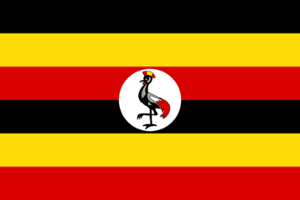The overarching goal of this proposal is simple: to reduce the burden of tuberculosis in sub-Saharan African, in particular Uganda. To reach this goal, we believe that we need new metrics for tuberculosis burden that lead to actionable steps to reduce transmission or prevent progression of infection to disease. The current proposal is built upon the premise that digital mobile technologies, that were not developed with health purposed in mind, may be leveraged in imaginative and novel ways to provide useful information about tuberculosis transmission, infection, and disease. To realize the full potential of digital mobile technologies in measuring useful health information, we propose to build a critical mass of researchers with expertise across two or more disciplines who are dedicated to applying new methods to study the longstanding and stubborn questions about the persistence of tuberculosis in Africa. To create this critical mass of researchers in Uganda, we propose the following Specific Aims: 1. To train two Ugandan pre-doctoral trainees at the University of Georgia (UGA) in epidemiology, one with a special focus on geography of tuberculosis and the other with focus on machine learning and artificial intelligence to enhance digital adherence technology; 2. To train two to three master’s students per year enrolled at Makerere University by supporting their master’s thesis research in topics related to tuberculosis and geography, computer science, or modern digital technologies; 3. To conduct non-degree training to build and strengthen research capacity in digital mobile technologies and tuberculosis through annual recess-term short courses on relevant topics, monthly research seminars, and modern digital health technologies symposia at the Ugandan Society of Health Scientists’ annual conference.

